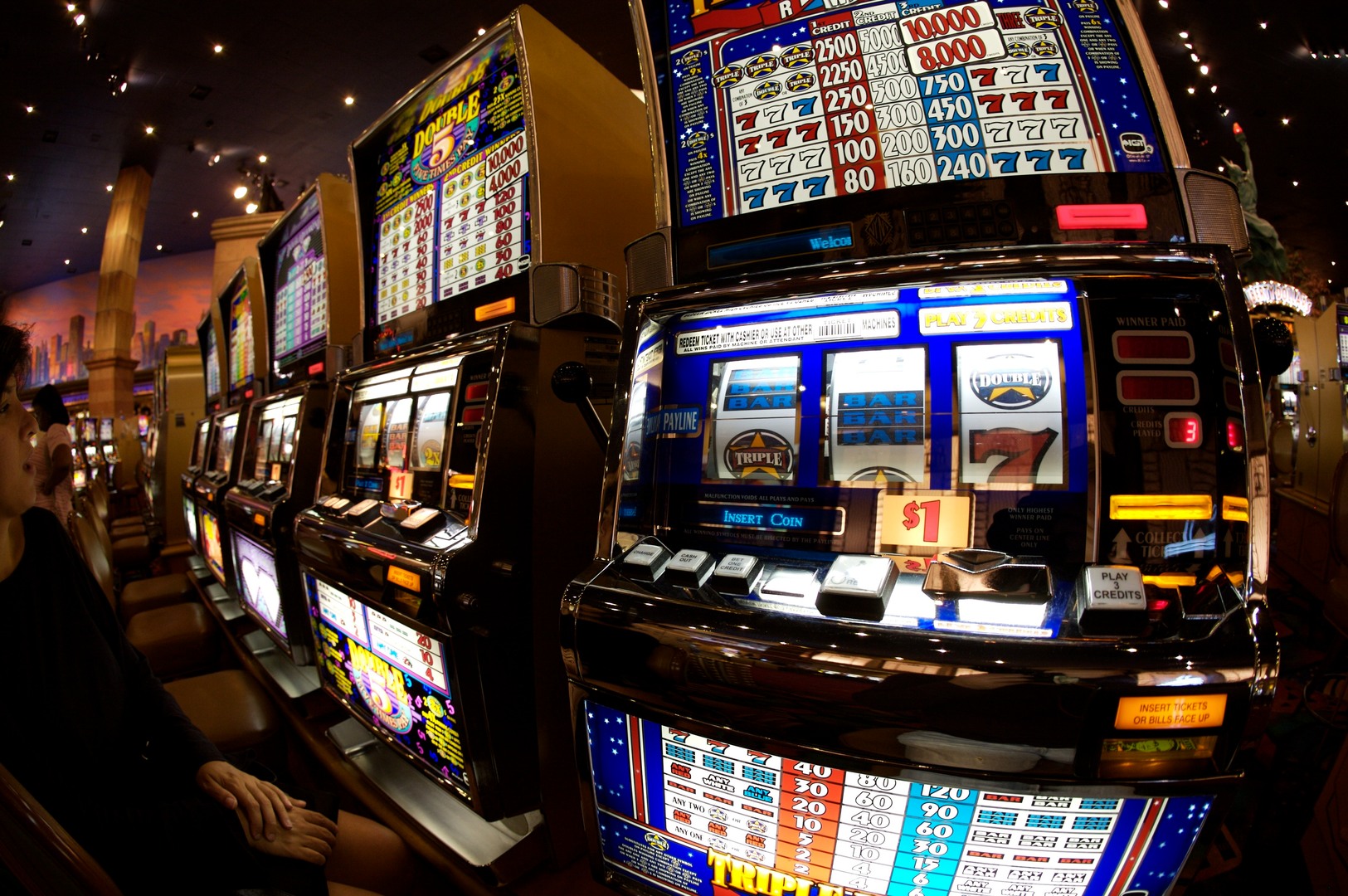
A slot is a narrow opening, usually vertical, into which coins or other items can be inserted. The term may also refer to a position or job that requires the insertion of objects, as in “He had a great slot at the Gazette.”
When playing slot machines, players insert cash or, in “ticket-in, ticket-out” machines, a paper ticket with a barcode into a designated slot on the machine. Once activated, the machine’s reels spin and stop to rearrange symbols. When a winning combination is formed, the player earns credits based on the pay table listed on the machine.
Unlike physical slots, which have a limited number of possible symbols per reel, digital slot games are governed by complex computer algorithms known as random number generators (RNG). This software is designed to mimic the results of random chance as closely as possible and it is responsible for creating thousands of potential sequences every second. It then uses an internal sequence table to match each of these numbers with a specific stop on the reels.
The RNG generates three numbers that correspond to the positions of the matching symbols on the slot reels. It then looks up the internal sequence table to find the corresponding reel locations. The computer then causes the reels to stop at these positions and checks to see if a win was formed. If a payout is awarded, the computer will notify the player of this via the game’s display.
Pay tables display important information about a slot game, including its paylines, bonus features, jackpots and symbols. They are a vital tool for players as they allow them to understand how the game works and what they can expect from it. In addition, they can help players make informed decisions about how much to wager.
A slot’s pay table will list all of its regular paying symbols, as well as how much a player can win for landing three or more matching symbols on a single payline. It will also list any special symbols, such as Wild or Scatter symbols, and explain how they work. The pay table will also provide information on any additional features that a slot game has, such as Double-Up or Extra Wilds.
Another essential aspect of a slot’s pay table is its payout percentage. This statistic shows how much the slot machine pays out on average for every dollar wagered. It is calculated by dividing the amount of money it has paid out to players by the total amount of money it has taken in over a selected time period. This metric is used to identify the best slots for low risk high rewards play. It is often compared to the house edge of a game to determine its risk/reward ratio. Those with higher payout percentages are considered hot slots.